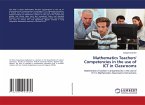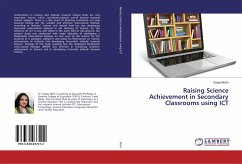Similar to most schools, the availability of technology is not a problem for HMS and HHS, but changing attitudes and perceptions about technology use still remains a concern. The focus of digital age teaching and learning needs to remain a priority in education or technology integration will lack understanding and direction (Mueller, Wood, Willoughby, Ross, & Specht, 2008). Because of the amount of money budgeted for technology expenditures, district and school leaders are under pressure from stakeholders to promote effective use of technology (Schrum & Levin, 2009). With the increased amount of funding in the area of technology provided to the two schools in this study as well as the overwhelming demand for constructivist style teaching and learning, a minimum amount of study has been done in HSD to determine whether the teachers perceive technology integration as a pivotal part of developing essential skills to compete in global society and how professional development play a role in the implementation.
Bitte wählen Sie Ihr Anliegen aus.
Rechnungen
Retourenschein anfordern
Bestellstatus
Storno








